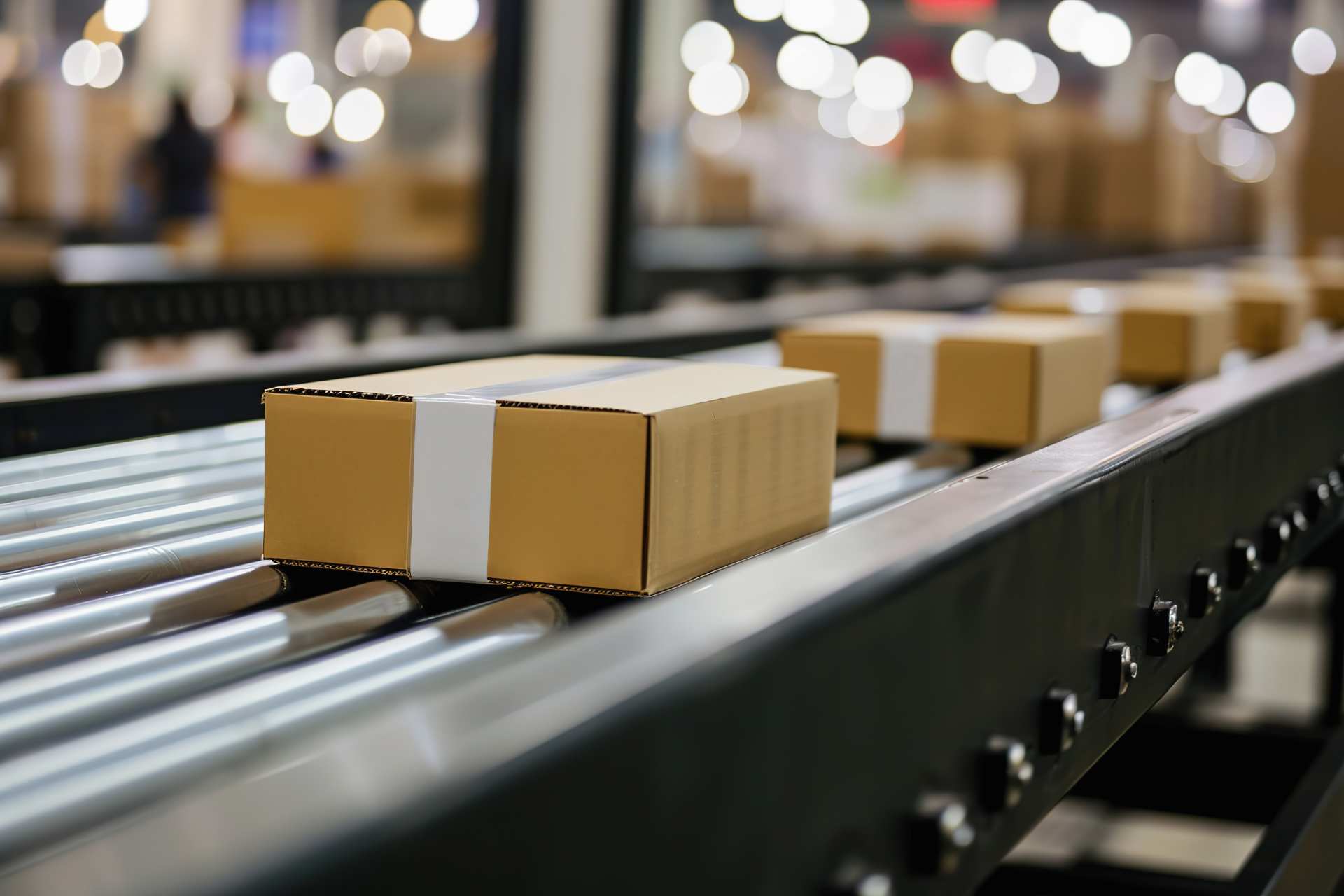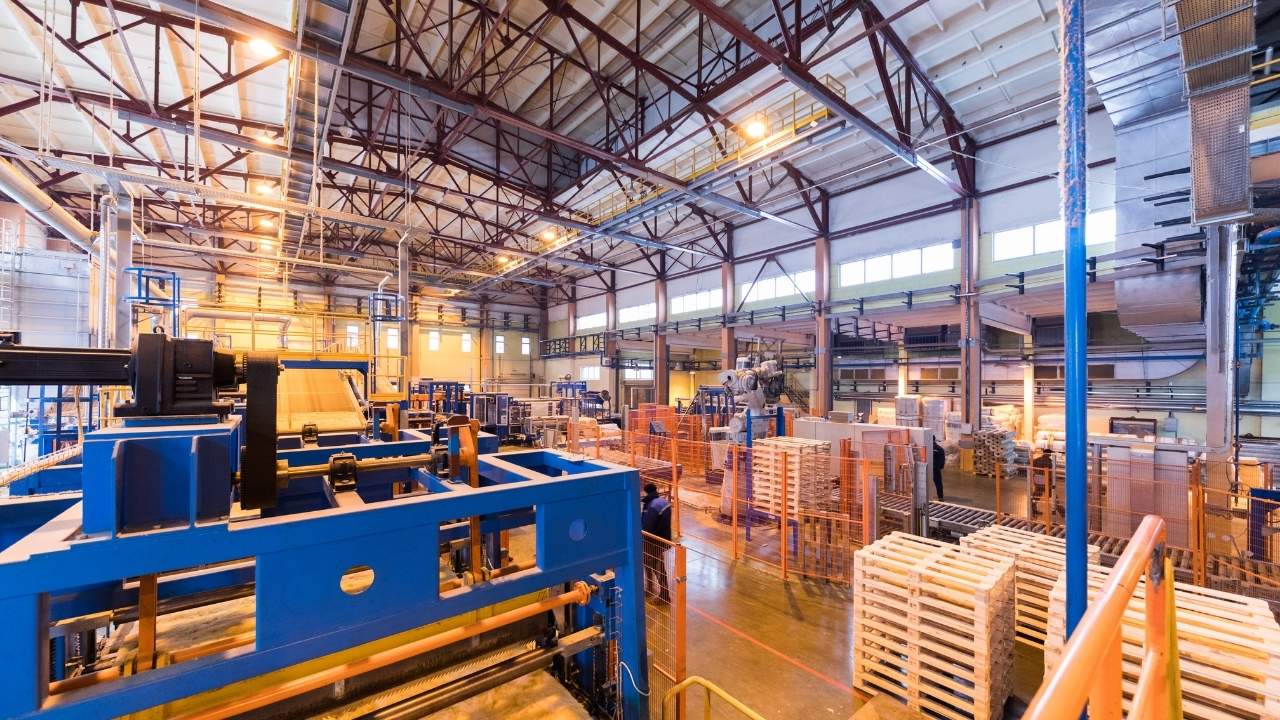The history of ERP systems- then, now, and the future?
The history of ERP systems started from calculating machines in the 1940s. It evolved to comprehensive and highly expensive solutions that were out of the reach of most business players and were a prestige symbol till some time back.
The capability of ERP solutions is now backed by affordability and ease of use since the arrival of cloud computing in recent times. The journey has been dramatic from solutions that were for production and finance business functions only to high-cost comprehensive systems used only by heavyweights and now to the affordable, comprehensive solutions with top-of-the-line functionalities that we see today.
[widget id=”custom_html-40″]
How it began
The advent of early ERP systems began with early attempts at using calculating machines for business in the 1940s. The focus on factory output increased and computing solutions were created in the 1960s. In the 1960s, applications that handled inventory management and control were introduced. Enterprise Resource Planning (ERP) systems were born in infancy in the early 1960s. It was a joint effort between J.I. Case, the manufacturer of tractors and other construction machinery, and their IT partner IBM. This further led to the creation of software known as Materials Requirements Planning(MRP). MRP in the 1970s helped plan raw material requirements for manufacturing, purchasing, and delivery.
The Early Days in the history of ERP
By 1975, MRP software was running in hundreds of large companies though it was only affordable for those with deep pockets aka the heavyweights. The system ran on huge mainframe computers that were very expensive though their computing power was not even comparable even to some of the portable computers of today (advances in tech).
In 1972, the firm SAP was started in Germany. The company initials stood for “Systems, Applications & Products”. SAP aimed to create business software that worked in real-time. This was path-breaking in an era of reel-to-reel tapes and punch cards. SAP launched its first financial accounting system in 1973.
In the 1980s, MRP evolved to what many termed MRP II or Manufacturing Resource Planning by adding more manufacturing processes and capabilities to manage as a one-stop production planning solution.
The term ERP system is first used
The term ERP – Enterprise Resource Planning was first used in the 1990s. It was able to deal with other business functions like engineering, finance, and accounting, HR and project management, etc. The approach was modular applications with advanced features. All the systems in the 1990s used a legacy on-premise model till Netsuite came into being in 1996. Netsuite created an ERP system that worked across the business functions of a company but was not on-premise and was delivered over the internet.
In 2000, the Gartner Group defined ERP II as internet-enabled software that gave real-time access to the ERP solution. It also provided functionalities outside of the business like supply chain management, customer relationship management (CRM), and business intelligence.
The Cloud appears-the present and the future of ERP systems
After 2005 or so, the trend has turned towards cloud software systems and moved away from traditional client server-based models. Cloud ERP systems provided comparable functionalities to on-premise ERP at a much lower cost, especially those using the public cloud model. This was because the costs could be divided among multi-tenant users and server-based software was now affordable to most. No IT infrastructure apart from computers and internet connectivity was required. They were attractive especially for small and mid-sized businesses.
[widget id=”custom_html-23″]
There was initial concern about data security but the cloud has now been able to achieve levels of data security comparable or better than on-premise-based ERP solutions sans the cost, uptime issues, access on the go, ease of use issues, coding needs, and upgrade burdens.
They now have remote, web-based access via advanced apps that run even on mobile devices. Today’s Cloud ERP systems cover every necessary aspect of a business. They have advanced reporting, analytics, business intelligence tools, and functionalities and provide real-time data even on the go. The future will see the integration of Cloud ERP with IoT, IoE, social media, and even greater security competence.
The cloud is the present and the future for ERP solutions and as the technology evolves, we will see AR and VR simulations making an entry into Cloud ERP solutions.
The sky is the limit and the cloud does provide a silver lining for businesses in these difficult times. It has helped many businesses stay afloat and thrive in the COVID crisis.
[widget id=”custom_html-24″]
Why the Versa Cloud ERP
[widget id=”custom_html-26″]
[widget id=”custom_html-30″]
Every successful business that is growing well needs to ditch Excel spreadsheets and legacy software at some stage for better and more comprehensive business software.
Versa ERP formerly VersAccounts is a modern, all-in-one, cloud business solution created for rapidly expanding manufacturing, distribution, and e-commerce businesses looking to touch the next echelon of business growth. It is far more capable than business solutions used by your competitors, yet easy to use and affordable with flexible payment plans.
[widget id=”custom_html-27″]
Yearly fees start at USD 1,800 per year for all of the capabilities included in the Versa software including financials, AR/AP, manufacturing, inventory, warehouse, shipping/receiving, logistics, projects, CRM, B2B/B2C e-Commerce, and more.
Setup is self-service with guidance provided by Versa making it quick and inexpensive.
[widget id=”custom_html-28″]
[widget id=”custom_html-29″]
To know more, please visit our site or contact us directly.
Reference:
http://www.nickmutt.com/history-evolution-of-erp.htm
http://www.balloonone.com/a-history-of-erp/
[widget id=”custom_html-31″]






